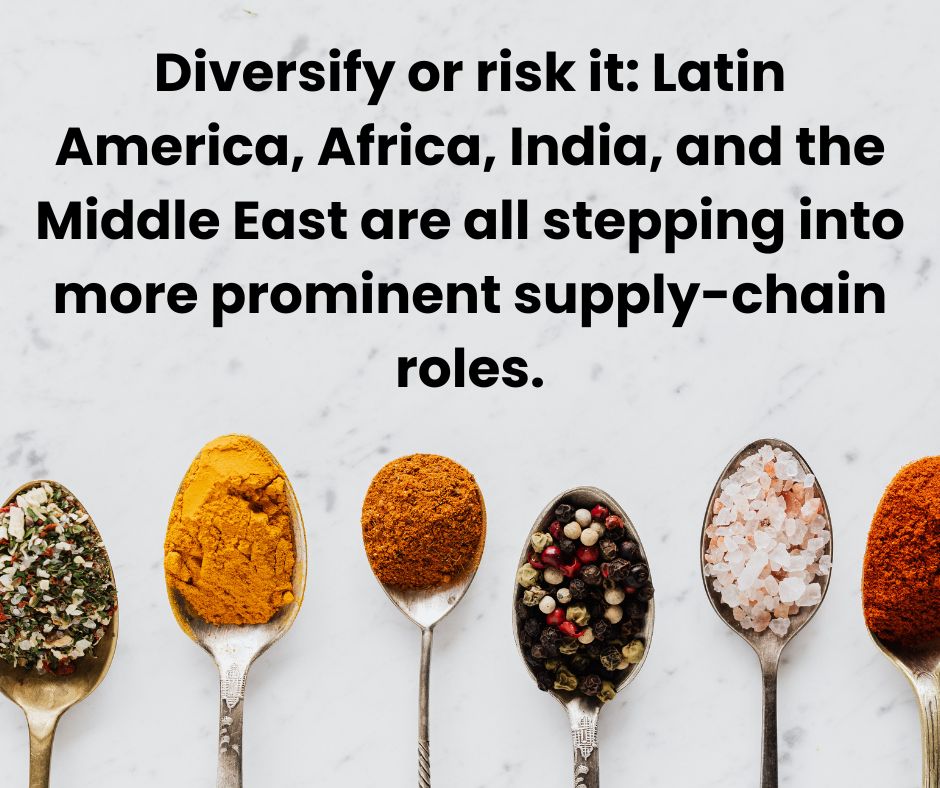Global Trade & Supply Chains: Fresh Shifts and Hot Takes

Supply-chain watchers and global trade enthusiasts — here is your latest snapshot of what’s shaking the world of goods, ports, and pipelines. Over the last four days, we’ve seen movements that could ripple across every port, warehouse, and boardroom from New York to Nairobi. Let’s break it down.
1. U.S. Container Imports Take a Dip
On 10 November 2025, Reuters reported that U.S. container imports in October fell 7.5% year-on-year, with shipments from China down 16.3%. Ports handled roughly 2.3 million TEUs, slightly below September’s numbers.
Why it matters:
· Importers are cautious — adjusting inventories, delaying or front-loading shipments.
· Asian exporters and global carriers may see slower flows.
· “Just-in-time” models? Getting stretched.
This is a reminder: global trade isn’t just about moving boxes; it’s about timing, tariffs, and a bit of psychic reading of policy moves.
2. U.S.–China Trade Optimism at the CIIE
Also on 10 November, the China International Import Expo (CIIE) in Shanghai showcased a cautious silver lining: U.S. agricultural exporters — from soybeans to wine — are hopeful for smoother trade.
Takeaway:
· Framework agreements hint at easing tensions.
· Could mean more U.S. goods flowing to China.
· Still: structural barriers like tariffs and tech restrictions remain.
Global trade is a dance — sometimes slow, sometimes fast — and right now, it’s inching to a slightly more upbeat rhythm.
3. China Tightens Export Controls
China added a dozen fentanyl precursor chemicals to its export-control list — part of a trade-security agreement with the U.S.
Why you care:
· Non-traditional regulations are increasingly part of the supply-chain calculus.
· Compliance is now as critical as capacity planning.
· Global companies need to watch for ripple effects beyond illicit trade — some goods may face tighter scrutiny.
4. Latin America & Africa: Logistics on the Up
Across Latin America, Maersk reports logistics teams are prepping smart for peak season: tech adoption, resilient planning, and better coordination are helping move goods more reliably.
Meanwhile, in Africa, the Middle East, and India, investments in ports, rail, and trade zones are strengthening trade corridors.
Implications:
· Alternative sourcing routes are opening beyond traditional Asia → Europe/North America flows.
· Regions are stepping up from reactive logistics to proactive, strategic operations.
Bottom line: the world is building backup plans in real time — and it shows.
5. India and Latin America Step Up Trade
India concluded key trade negotiations with Latin American countries, pushing South-South trade forward.
Why it’s important:
· New corridors mean fresh opportunities and risks for global shippers.
· It’s a sign that supply chains aren’t just North-South anymore — diversification is the mantra.
6. What This Means for Global Supply Chains
Here’s the takeaway:
1. Policy is king: Tariffs, export controls, and framework agreements can make or break flows overnight.
2. Diversify or risk it: Latin America, Africa, India, and the Middle East are all stepping into more prominent supply-chain roles.
3. Plan for volatility: Resilience, adaptability, and regulatory foresight are now table stakes for global trade.
Supply chains today are not just pipelines for goods — they’re strategic networks, policy-sensitive, and ready to pivot at a moment’s notice.